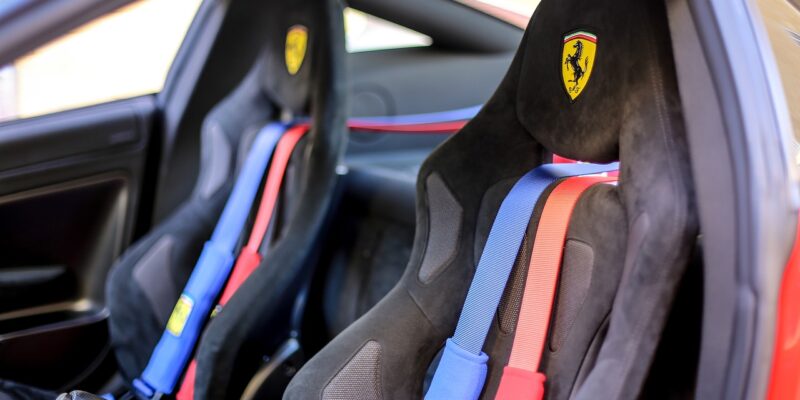Babies undergo different developmental stages of life. You should be aware of this to address their needs appropriately. If travelling takes most of your living, know how to place them safely inside your car.
A car seat protects your kids and reduces the risk of the leading cause of death in children: car crashes, a widespread occurrence. Kids deserve the utmost protection while on the road. If their age fits best for a forward-facing car seat, explore the tips provided by experts in this post.
What You Must Understand
Children may have unique body builds from one another, but safety must come first. Don’t hurry on to place them in a forward-facing position if not within experts’ guidelines. They may be able to cope with premature shifting. But the case here concerns safety, not their capacity to adapt to new positions.
“It all comes down to physics,” Dr Hoffman says, M.D., FAAP, chair of the American Academy of Paediatrics Council on Injury, Violence, and Poison Prevention and certified child passenger safety technician instructor. “Car crashes involve a tremendous amount of energy and force and [with] rear-facing, the head and neck are cradled by a car seat and not thrown forward. It specifically protects the most vulnerable parts.”
Car Seat Forward Facing
Turning your kid forward-facing can be a huge challenge to your parental decision-making rights. Like other parents, you might be concerned about your child’s exact age, height, and weight suitable for this position.
In early times, the guidelines dictated that the baby must reach one year old and weigh 20 lbs to shift to forward facing. But recommendations have been updated until the age of two. The height and weight will depend on the manufacturer’s instructions.
If possible, you wait until he is four years old before switching the position to forward-facing.
Alternatively, you can flip the car seat around from rear-facing to forward-facing when your kid outgrows the outlined maximum weight and height the manufacturer allows. Just be mindful of the model. Other forward-facing car seats are suitable for kids from 60 to 100 pounds with a height of 4 feet and 9 inches.
Top Tether, Car Anchors, and Harness
Placing your child in the forward-facing car seat requires extra safety moves by using a safety device seat belt or the top tether strap. The top tether helps to reduce head movements. It connects the upper part of the car seat to the car’s anchor. Watch this video.
To find a tether anchor, check the ceiling, the rear shelf, or better, read the car’s manual for the exact locations.
Another safety feature you should maximise is the harness system. It keeps the kids in a proper position even if they fall asleep. If a crash occurs, the strongest force is spread to the body, thereby reducing the injuries.
Do not confuse harness with tether. A harness is a restraint or support with a loop of straps or rope, whereas a tether is a rope or cable.
Safety Rules
Putting kids in a forward-facing position has a potential risk during car accidents. Their heads tend to be pulled forward, which inflicts severe injuries on their necks and heads. Below is the list of safety rules.
- Check the car seat buyer’s guide.
- Install the car seat properly with the guidance of a certified technician or agency on safe installation.
- Tighten all anchors, including the extra tether.
- For added safety, place the forward-facing seat in the middle of the back seat for extra protection. It’s the safest part of the car.
- Buckle in your kids securely. Check for any uneven or loose straps because they add to the risk. Make sure that the angle indicator is within the safe range.
- Keep company with your kids even if they are safely buckled in.
- Use a car seat for travelling, not as their slumber couch. If they fall asleep, transfer them to a safe place.
- Use brand new and tested quality car seats. Be ready to spend for kids’ safety.
- Maximise safety by placing the harness to the prescribed height and tightening it properly.
- Be sure there’s no horizontal fold when straps are pinched.
- Put the chest clip by the child’s armpits.
- Protect them from airbags that may cause injury. While this saves adults’ lives, kids will likely get hurt badly when car accidents occur. Their head and neck will be injured.
- Pay close to safety precautions and make sure they’re aligned with standards when using the car seat:
- Straps
- Tether
- Buckle
- Clips
- Take kids out once in a while or if they have been in the car seat for two hours.
- If you shop, take your kids to see what is best for them.
Conclusion
A car seat gives your travel more edge in providing your kid’s road protection. Following safety rules and guidelines is strictly a parental moral obligation to buy a forward-facing. So, have a certified car seat technician do it instead of installing it yourself.













Comments